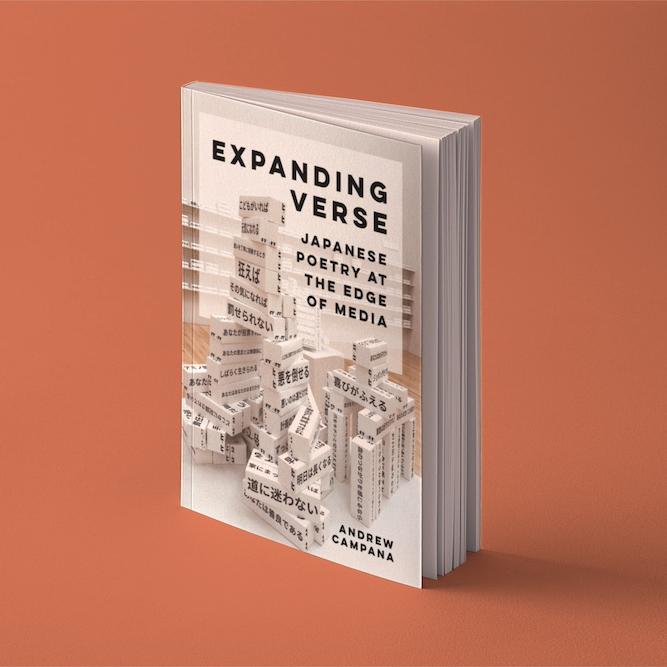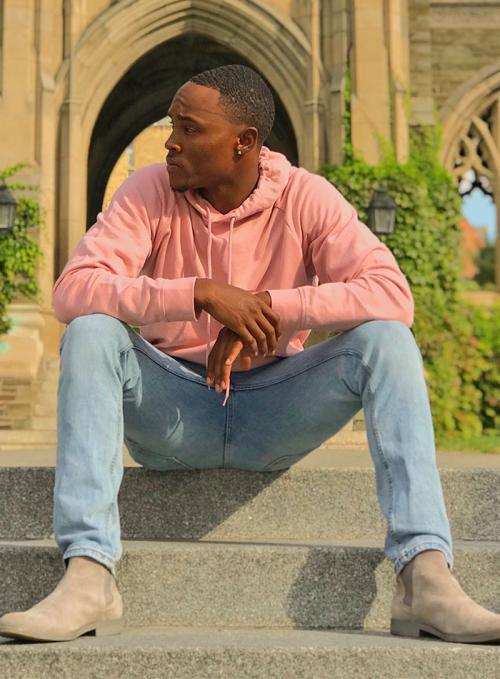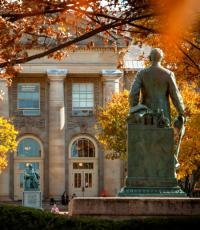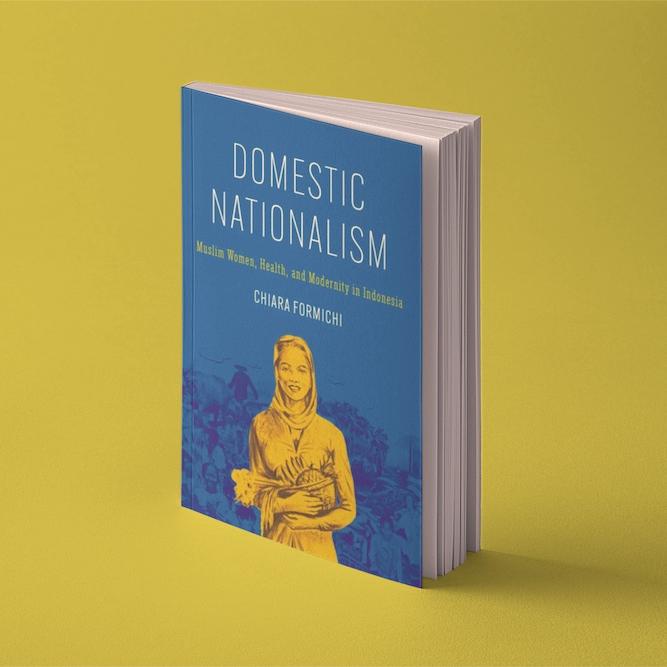
 Department Homepage
The College of Arts & Sciences
Department Homepage
The College of Arts & Sciences
Major dilemma: Four stories about choosing a major based on what you love
Many students enter college planning to study one thing, but along the way, through the A&S exploration process, they find another field they are totally connected to.



